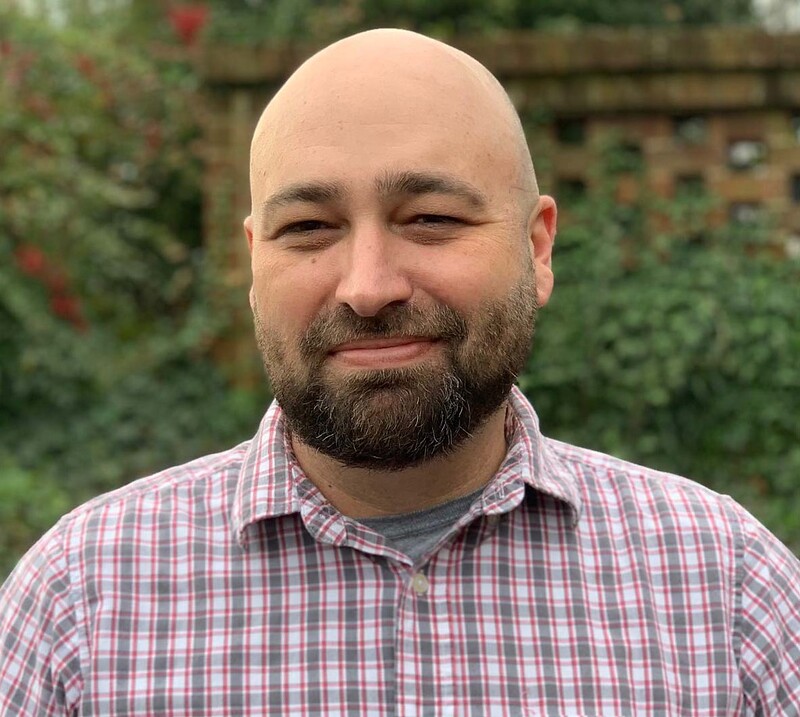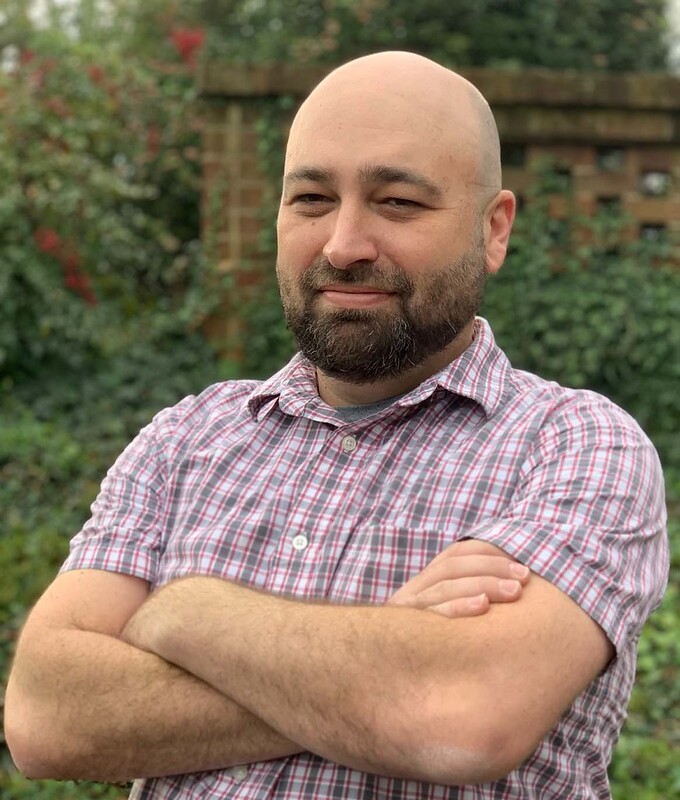ITS Digital Services has created a new WordPress plugin that improves functionality, offers additional customization options, and addresses accessibility issues. Digital Services developed the plugin to replace two legacy plugins that caused accessibility issues and were no longer supported by the original developers.
Enabling content authors with better tools
The new UNC Content Elements plugin makes available such elements as buttons, icons, tables, tabs, responsive images, accordions, panels and popovers. You can think of a plugin as a bike rack attached to an existing tow hitch on your car. The tow hitch is the coding language functions dispersed throughout WordPress. The plugin, or the bike rack in this analogy, can make use of that coding to make something happen.

“The primary reason for having many of our sites is to provide information to the public. The goal of this plugin is to allow content authors to add more than just text and pictures to that content,” said Adam Lenz, Lead Web Developer with ITS Digital Services. He built the plugin and managed the project. (Get to know Lenz by reading his profile at the end of this story.)
“It is my hope,” he said, “that by providing better content creation tools to the authors, the authors will be able to provide clear, more accessible and more searchable content to the world.”
Like growing a garden
This plugin, he said “will be under continual development to make it better as well as compatible with new versions of WordPress. These types of projects do not end like building a house but grow like plants and require constant watering.”
In December, ITS activated UNC Content Elements and deactivated the two bootstrap-based plugins The new name intentionally forgoes the words bootstrap and shortcode so Digital Services doesn’t have to be tied to a specific technology.
“Part of the name change is to allow for the possibility of using other toolkits that might work better for our industry,” Lenz said. “For now, though, we would like to start using the newer versions of bootstrap, which allow for a more accessible and less bloated experience.”
The old plugins were not optimized for large WordPress networks.
“This is not apparent on single WordPress sites, but on the huge networks that we employ can compound into a problem,” he said.
When ITS moved campus WordPress to the cloud last year, the two legacy plugins created drag. Now that campus WordPress operates on cloud-based Pantheon, the Digital Services team members have much more visibility and control via new tools and can respond much faster to issues as they arise.
Fun challenges
The most challenging aspect of the project, Lenz said, was dealing with code that was written eight years ago.
“The code was not documented very well. It does not seem like accessibility was the most important thing on everyone’s mind back then,” he said.
That challenge, though, was the fun part of the project, like figuring out a puzzle, Lenz added.
Collaborative effort
Like most ITS projects, creating this new plugin and making it accessible required much collaboration. Campus WordPress administrators and Digital Services team members offered insight on which parts of the plugin were misbehaving. The Digital Accessibility Office helped and continues to help ensure that Digital Services’ work is accessible. In preparation for the switch, Paul Cardillo, Digital Support Developer, offered office hours and worked with campus administrators to make the transition seamless.
“Collaboration is immensely helpful due to our scale and the sheer number of customizations and permutations over the many sites we control,” Lenz said.
Meet Adam Lenz, the plugin creator
Adam Lenz is Lead Web Developer at ITS Digital Services.

Personal: Lives with his family in Durham. Lived in Florida for most of his life until moving to North Carolina three years ago to work at ITS — and for all the hiking and camping opportunities in this state. Holds a Master of Fine Arts in film and digital media and a bachelor’s degree in graphic design.
What does your job entail? Identifying and solving problems. Planning new features to better the lives of our content authors. Building out the tools so that others can build beautiful websites. Making sure little problems do not escalate into bigger problems due to our scale.
Why did you get into web development? I spent 15 years in the University of Central Florida Digital Media department learning everything I could as an undergraduate, graduate and professor. When I received my undergraduate degree, there was a huge call for web developers, and it was the most constant work. Moving on through UCF, I was exposed to game design and creative coding. I really love solving programming challenges.
Tell us about your side business. As a freelancer, I occasionally get jobs from outside places. I have done film work on several documentaries. Video installations and live visuals for performances are some of my side gigs that are fun but have never been super fruitful, so they remain side gigs as long as web development is rewarding.
Talk about your past work experience. I taught as a graduate and then a professor at UCF Digital Media for eight years. The program there is unique in that it encompasses many forms of digital creation and so it transcends tools. You can get lost in semiotics and psychology of user experiences. It was very inspiring, and I know I helped to inspire.
Until the pandemic, I was teaching remotely at Florida Gulf Coast University but having to moderate remote school for my son took away much of my time. I do miss it and hope to return to it one day, but for now I am seeking creative jobs and teaching myself new skills. Teaching and not learning the newest skills can make an ineffective teacher quick. Also, I do not think it is great to have a teacher who has all academic experience and no industry experience.
I have also worked on the Disney Cruise Line as a videographer and editor. It was an amazing way to experience the Caribbean. The work was not very strenuous, and I ended up using the time to write a lab manual for my video editing class as well as my MFA thesis while cruising in a tropical paradise.
I was also a sandwich artist, garbage man, soccer photographer, newspaper photographer, green screen photographer at Universal Studios, medical records clerk. I have run video and lighting at night clubs.
Tell us about the patent you hold. We developed a system for remote education using video conferencing. Think Zoom, but in 2008 and much more remote. We used the system to remote broadcast to students from remote locations like underwater caves in Bermuda or the Ganges River in India. Those students were able to raise their hands and talk back or ask questions in chat to the presenter.
What are your passions? Never stop learning. There will always be a new tool out there that will challenge the way we do things. Learning those tools will allow forward movement into the future. I would like to think that if I can teach myself new skills, I can continue to do what I love.
